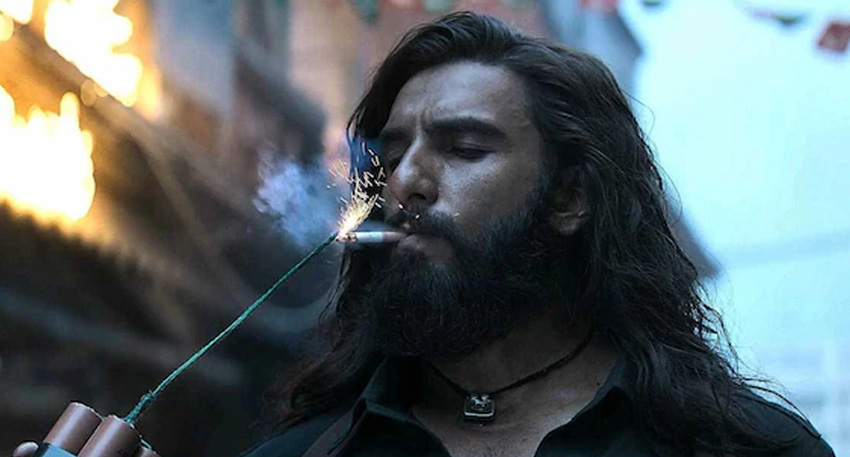
Bollywood is set to release Dhurandhar with a big star cast and Ranveer Singh as main lead. They recently released the trailer of the film probably expecting massive action-movie buzz but what they didn’t expect yet another wave of anger from Pakistan.
The movie has become the latest flashpoint in the cross-border culture debate, mostly because of how it portrays Karachi’s Lyari neighborhood. The movie reduced Lyari to a full-blown terror hub. Guns, gangs, secret cells and what not. For many Pakistanis, it feels like déjà vu: another Indian film painting Pakistan with the same old brush.
But Dhurandhar didn’t stop there.
The trailer of this movie also included a clip featuring Benazir Bhutto, Pakistan’s former prime minister and an iconic political figure. The use of her image in a context tied to violence and extremism has struck a particularly sensitive nerve. Many critics in Pakistan say it shows a lack of respect and for a lot of people that was the moment, the film crossed a line.
It’s no surprise that the situation has left many people frustrated. Over the past decade, a noticeable trend has emerged in mainstream Indian cinema showing Pakistan as hostile, chaotic, extremist or in simple words ‘the enemy’. It has become their formula to hit movies: a heroic Indian agent, a Pakistani villain and a plot soaked in suspicion, fitting Dhurandhar neatly into this mold.
Social media in Pakistan immediately lit up after the film’s trailer launch. Hashtags, memes, long threads, all expressing frustration. Users argued that Bollywood seems ‘obsessed’ with Pakistan in a wrong way, focused more on demonizing. Some even said the film industry appears to rely on Pakistan related hostility as a shortcut to drama and patriotism.
And let’s be honest, these portrayals do matter. Bollywood isn’t just a film industry; it’s a global cultural force. Millions of people worldwide consume these movies and absorb the narratives they present. So when Pakistan is repeatedly portrayed as a breeding ground for extremism, it affects how ordinary Pakistanis and Muslims are perceived internationally. For many here, that’s the most exasperating part.
Not only this, Dhurandhar plays into the political tension that already runs deep rooted in both the countries. And when entertainment keeps reinforcing stereotypes, it becomes harder to separate the screen from reality.
Portrayal of Lyari, who has already faced crime and conflict in past just like any other urban neighborhood around the globe, is a very cunning move. The vibrant community, boxers, footballers, artists and the culture of Lyari can’t be reduced to a five-minute chase sequence. To ignore that complexity is unfair not just to Lyari but to Pakistan as a whole.
At the end of the day, Dhurandhar is not just a movie but it is a reminder of the growing distance between two neighboring countries whose people share centuries of cultural overlap. Instead of using cinema to bridge gaps, films like these widen the gap.
Will Bollywood ever move away from this formula? It is hard to say. But many Pakistanis hope for the day when cross-border storytelling becomes more nuanced and less driven by hatred, fear, and hostility.




